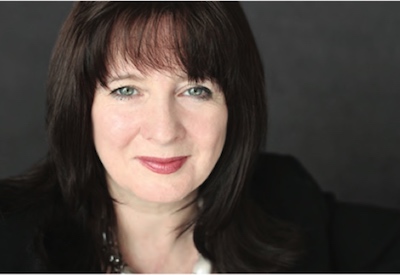Hiring — Connecting the Dots

May 9, 2021
By Michelle Branigan
A career seeker looking for a job. An HR manager looking to hire. Both are looking to fill a need quickly, effectively and as cost efficiently as possible. The career seeker needs to pay their rent or mortgage, and the HR manager knows the cost to the business of the wrong hire.
This is where the need for a well-written job description comes in.
All too often job descriptions are outdated, listing requirements that are no longer valid, or failing to accurately portray a clear description of the role and employer expectations. Job descriptions serve an important organizational function and it is critical that they are kept up to date, or evergreen. This ensures that they take account of industry changes and the subsequent impact on skills requirements.
For employers, a clearly written job description makes the recruitment process a lot easier by ensuring that those who apply are aware of the skills and experiences required. Job descriptions also support internal workforce planning — be that related to succession planning or performance evaluation. A well written job description will make it easier to address performance gaps or identify areas for improvement if necessary. And they provide clarity for employees, helping them to meet their goals and support career progression.
For career seekers, job descriptions are useful tools for understanding what skills and competencies are required in a particular field or occupation. Students can measure their learning against existing job descriptions to benchmark what they know and where they still need to gain knowledge or skills. And indeed, if this job is the right one for them.
With the rapid technological change taking place in Canada’s electricity sector, job descriptions and on-the-job responsibilities may not always correspond. Discrepancies in requirements for a Wind Turbine Technician, for example, or a Level 2 EV Supply Equipment Installer, may vary from province to province or even company to company.
There are a number of tools available to support this work.
National Occupational Standards (NOS) are industry-validated resources that provide a comprehensive description of the requirements for an occupation. The profile includes a competency chart which provides an overview of skills and competencies for a snapshot of the occupation.
NOS are voluntary guidelines that have been developed and validated with industry stakeholders to help employers standardize their job descriptions and attract high calibre candidates. NOS also support job seekers, who can map their career pathways and visualize lateral moves across various occupations, and educators and trainers who can use them for curriculum and training plans.
EHRC has recently launched 11 standards with plans for 4 more later this year, including such occupations as project manager, power system operator, and solar PV installer.
At a time when job descriptions and functions are evolving quickly, NOS provide comprehensive skills analysis for both current and emerging occupations. A resilient electricity sector workforce depends on clearly communicated skills and experience requirements — NOS are a key resource for ensuring this resilience.
All NOS and Competency Charts are available on EHRC’s website here.
[IT]Michelle Branigan is CEO, Electricity Human Resources Canada.[IT]

















